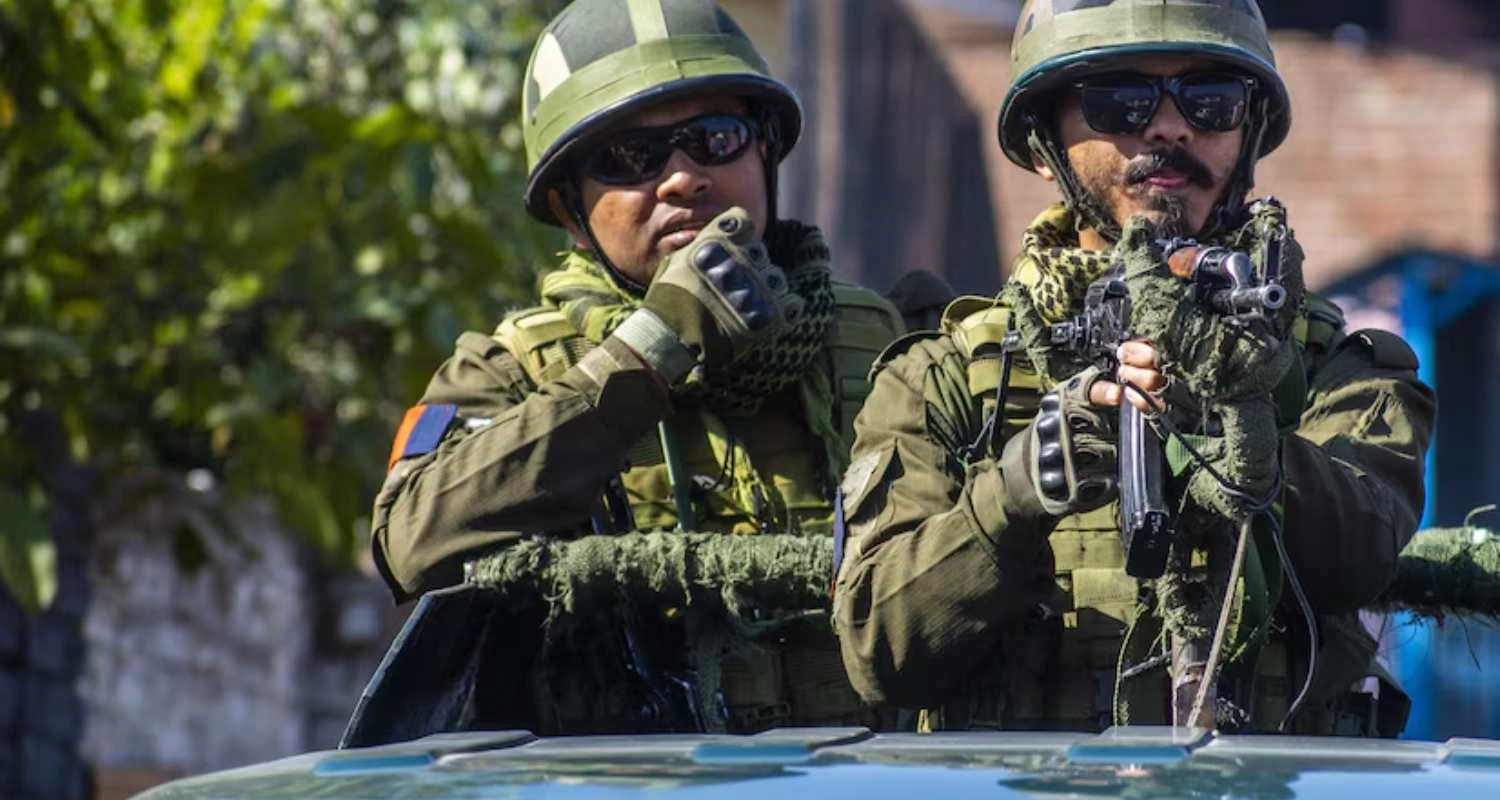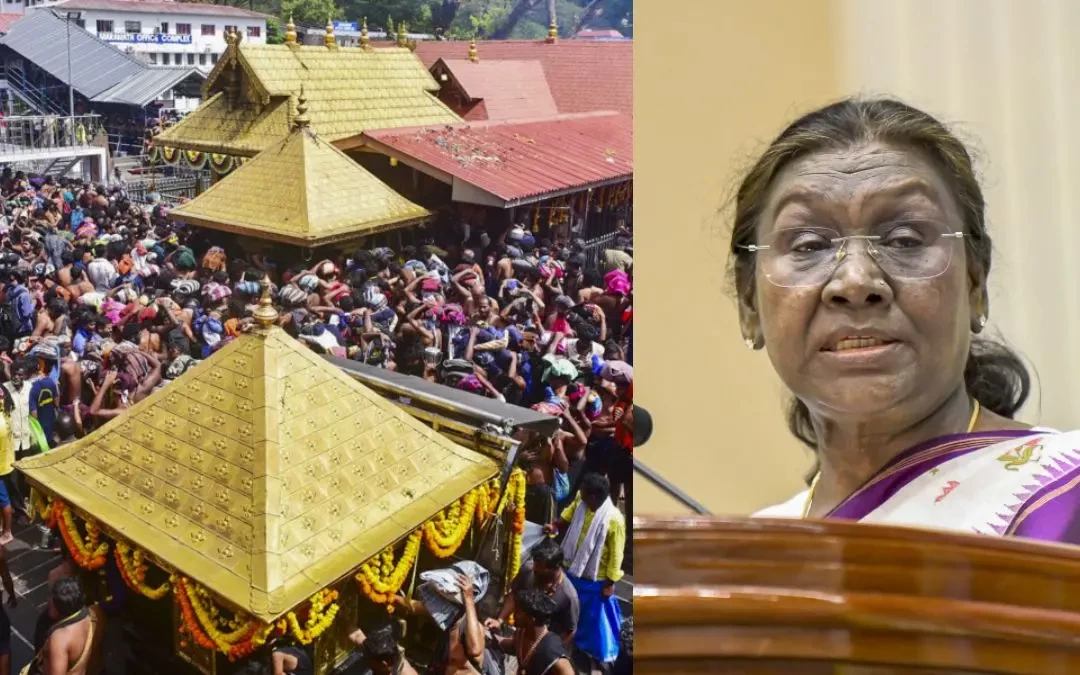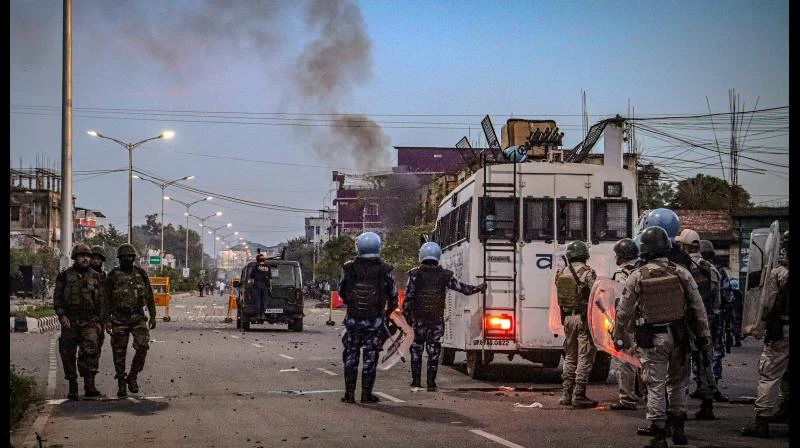Latest Updates
Centre Orders Civil Defence Mock Drills Amid Rising Indo-Pak Tensions

The Ministry of Home Affairs has instructed 244 districts across several Indian states to conduct civil defense mock drills on Wednesday, 7 May, aimed at ensuring “effective civil defence in the event of a hostile attack.” The move comes against the backdrop of heightened tensions between India and Pakistan following the 22 April terror attack in Pahalgam, which left 26 civilians dead.
Among the key instructions issued to states are the operationalisation of air raid warning sirens, crash blackout measures, and updated rehearsals of evacuation plans. The ministry has also called for the training of civilians, including students, on how to protect themselves during air raids or missile attacks, and for camouflaging of vital installations.
Tensions have soared along the Line of Control (LoC), with Pakistan reportedly firing at Indian posts for 11 consecutive nights. India has returned fire and vowed to avenge the Pahalgam terror attack in Jammu and Kashmir, the worst one since Pulwama in 2019.
On Monday, Prime Minister Narendra Modi met Defence Secretary Rajesh Kumar Singh for over 30 minutes to review India’s strategic posture. This followed earlier meetings with the chiefs of the Army, Navy and Air Force. The Prime Minister has issued a strong warning, declaring, “Those involved in carrying out and plotting the terror attack will get a punishment they cannot imagine.”
India has already begun taking strong diplomatic actions against Pakistan. One of the most significant moves has been the suspension of the 1960 Indus Waters Treaty—a step not taken even during the wars of 1965, 1971, or during the 1999 Kargil conflict. Additionally, India has scaled down Pakistan’s diplomatic presence in the country.
In response, Islamabad has warned that any attempt to halt the water flow would be viewed as an “act of war”. Pakistan has further threatened to suspend all bilateral agreements with India, including the Simla Agreement, which underpins the validity of the Line of Control.








